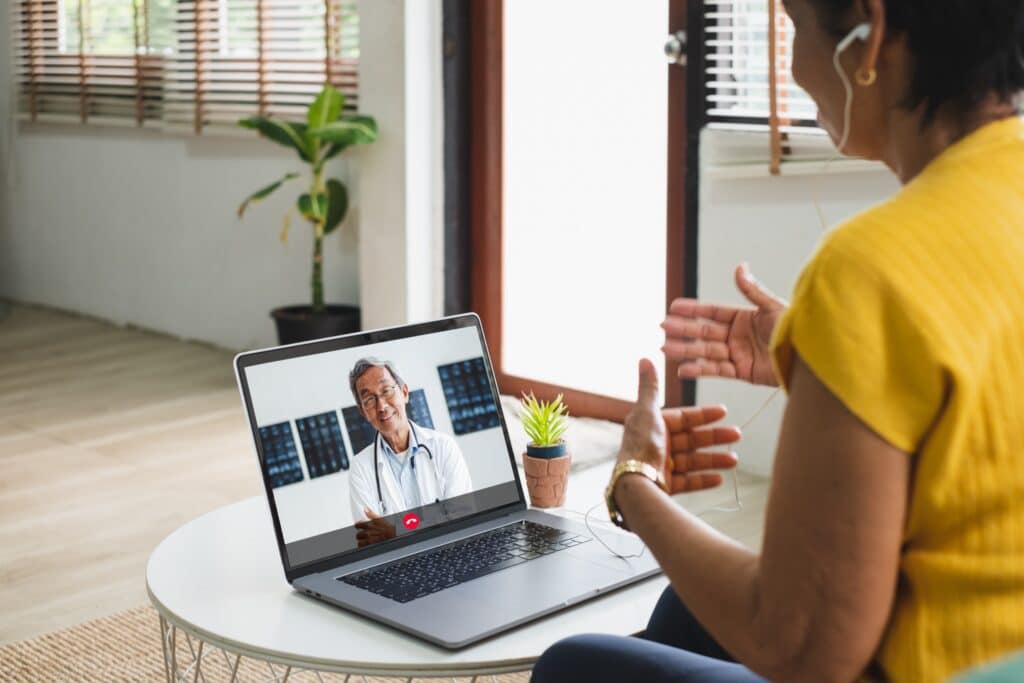The Four Types of Telehealth Services
During covid, employees started working from home, ordering groceries online, and trying clothes on virtually. Why stop there? Telehealth has made its grand entrance into society and is only growing in popularity. Telehealth allows patients to meet with their medical providers virtually instead of attending in person. Virtual meeting options have gained a lot of interest from the public due to their convenience and ease. The Covid-19 pandemic has been a massive factor in generating the demand for continued online medical services. Telehealth has come onto the market in different forms to help patients live healthier by increasing their access to healthcare, even at the touch of their fingertips. In this article, I will review the four types of telehealth categories.
4 Telehealth Categories
1. Remote Patient Monitoring (RPM)
Telehealth has allowed caregivers to get information, alerts, and updates regarding their patients’ health status. Remote patient monitoring technology enables the regular sharing of patient medical data with their care team. This technology automates the transmission of information, resulting in active and continuous patient care monitoring through a streamlined data collection process. In case of any patient issues, the care team can promptly respond. Telehealth technology plays a significant role in these scenarios, allowing patients to self-monitor and report regularly to their caregivers. This approach helps alleviate the strain on the healthcare system and allows allocating resources toward more urgent matters.
2. Live Video Conferencing
Live video conferencing is when patients meet in real-time with their medical providers on their phone, laptop, etc. This meeting option has become increasingly favorable due to the elimination of commuting and the stress patients feel attending in person. Many sites have added features where patients can book these virtual appointments through messaging in a matter of minutes. Live Video is particularly advantageous for patients in rural or underserved areas, as it eliminates logistical obstacles in delivering their care.
3. Store-and-Forward (Asynchronous Video)
The Store and Forward method operates asynchronously, where medical information is pre-recorded and transmitted electronically. This method can involve various forms of health data, including videos, images, x-rays, and more. Unlike video conferencing tools, Store and Forward can be accomplished using communication platforms.
4. Mobile Health (mHealth)
mHealth encompasses using smart devices (smartphones, smart watches, etc.) and health-based software apps that operate on these devices while supporting increasing access to healthcare.
In low and middle-income countries, there has been a notable adoption of mHealth to stimulate initiatives that aim to alleviate the impact of diseases associated with poverty, such as HIV/AIDS, malaria, and tuberculosis.
As we move forward into the digital world, telehealth is projected to grow substantially in market size. It continues to introduce people worldwide to easily accessible healthcare while relieving the stress and obligations medical professionals face daily. To ensure patient privacy and comply with the rigorous patient protection standards mandated by the Health Insurance Portability and Accountability Act (HIPAA), telehealth technology must prioritize security measures. To stay ahead of telehealth and for specifics on HIPAA, MedPro Disposal offers compliance training! Contact us today for a free quote.



